- Antipasti
- Bella Italia
- Dessert
- Drinks
- Favorite Italian recipes
- Main courses
- Pasta
- Pizza
- Side dishes and salad
- Tips & Knowledge
Bolognese – this is the original!
Do you love spaghetti Bolognese? Here you will find the original recipe for the real Ragù alla Bolognese from Italy! Learn step by step how to prepare the traditional sauce according to authentic instructions - straight from Bologna
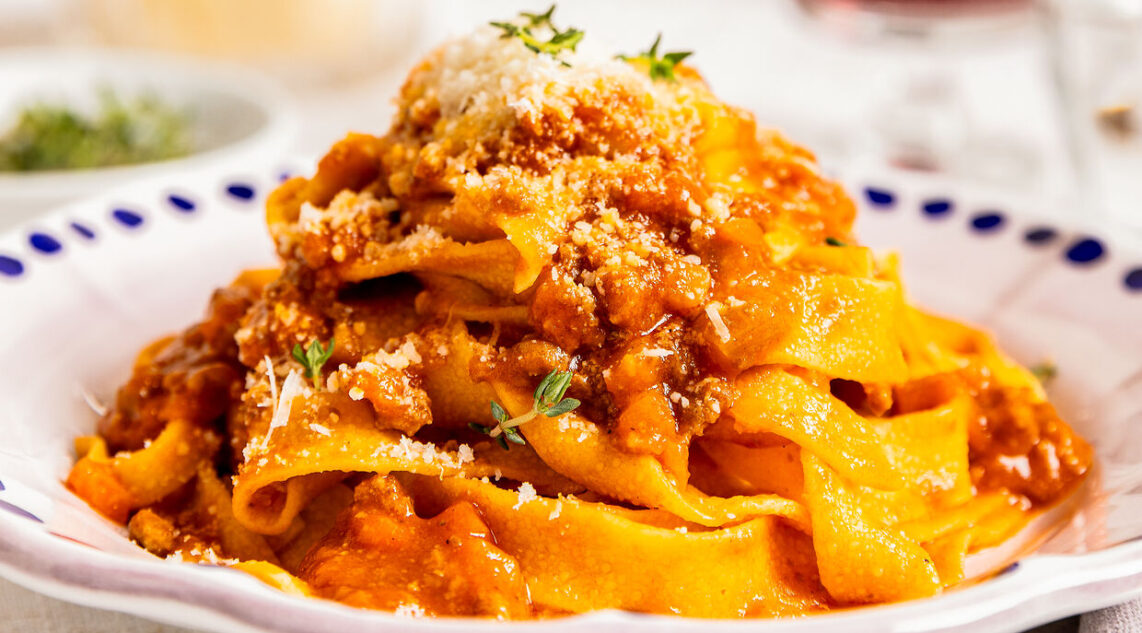
- 300 g coarsely chopped, lean beef, from the stomach or back
- 150 g Pancetta (pork bacon)
- 50 g Carrot, finely diced
- 50 g Celery stalks, finely diced
- 50 g Onion, finely diced
- 300 g San Marzano tomatoes, peeled
- 100 ml Red wine
- 100 ml Whole milk
- 100 ml Vegetable broth
- Olive oil or butter
- Salt
- Pepper
- possibly a dash of cream, depending on the pasta used
Schritt für Schritt durch´s Rezept
- Step 1Sauté the finely diced pancetta in a large pan.
- Step 2Add 3 tablespoons of oil or 50 grams of butter and the finely chopped vegetables (onion, celery and carrot).
- Step 3Then add the minced beef, sear and stir.
- Step 4Now deglaze with red wine and stir until it evaporates.
- Step 5Now add the peeled tomatoes and vegetable stock, cover and simmer the ragù for approx. 2 hours.
- Step 6Just before the ragù (sauce) is ready, add the milk and season the dish with salt and pepper to taste.
- Step 7The Accademia Italiana della Cucina recommends: “At the end, when the ragù is ready, you usually add a little cream if you are using dried pasta. With fresh tagliatelle, the cream is left out.”
Make your own Bolognese – step by step
Spaghetti Bolognese does not exist!
Spaghetti Bolognese is probably the most popular pasta dish in Germany! Whether young or old, everyone knows it, everyone loves it. But how do Italians cook the meat sauce and what is really in it?
If you ask for spaghetti Bolognese in a restaurant in Bologna, you will probably be told: “Gli spaghetti bolognese non esistono” (in German: “Spaghetti Bolognese does not exist”). This is because the Italian classic is actually a neologism that cannot be found on any menu between Turin and Naples.
In Italy, the dish is known as ragù alla bolognese. The word ragù is derived from the French verb ragoûter, which means “to tantalize the palate”.

Where does ragù alla bolognese originate?
The first documented mention (at the end of the 18th century) of a meat sauce served with pasta comes from Imola, near Bologna.
In 1891, the silk merchant Pellegrino Artusi, who is considered the father of Italian national cuisine, published his cookbook entitled “On the science of cooking and the art of enjoyment”.
In it, he lists a recipe called “Maccheroni alla bolognese”. In addition to beef and dried meat, he also recommends using dried mushrooms, truffles and goose liver.
Almost a whole century later, in 1982, the Accademia della Cucina and the Confraternita del Tortellino deposited a recipe with the Bologna Chamber of Commerce that is still considered the original today. The aim was to preserve a piece of Italian culinary history for future generations.

More on the topic

How an Italian serves ragù with tagliatelle
There is still the misconception that “Bolognese” is served with spaghetti. But every Italian knows that thick sauces do not stick well to spaghetti. Everyone knows when the pasta pirouettes on the fork and the sauce is left on the plate.
Traditionally, ragù is served with tagliatelle. The sauce sticks better to the wider tagliatelle. Many Italian pasta masters also roughen the surface.
Spaghetti, on the other hand, tends to be served with light, thinner sauces. Other wide, flat pasta shapes, such as pappardelle, fettuccine or short tubular shapes, such as rigatoni or penne, also go well with ragù alla bolognese.
P.S.: Of course, it’s the same with ragù alla bolognese as with other Italian dishes: Every family cooks their own version of the recipe and theirs is always the best 😉

Vegetarian Bolognese
You can also make this sauce for vegetarians. Simply leave out the minced meat and bacon and use other ingredients instead. You can use veggie mince and veggie bacon from the supermarket. You can also use lentils, chopped walnuts, small soy shreds or seitan instead of meat.
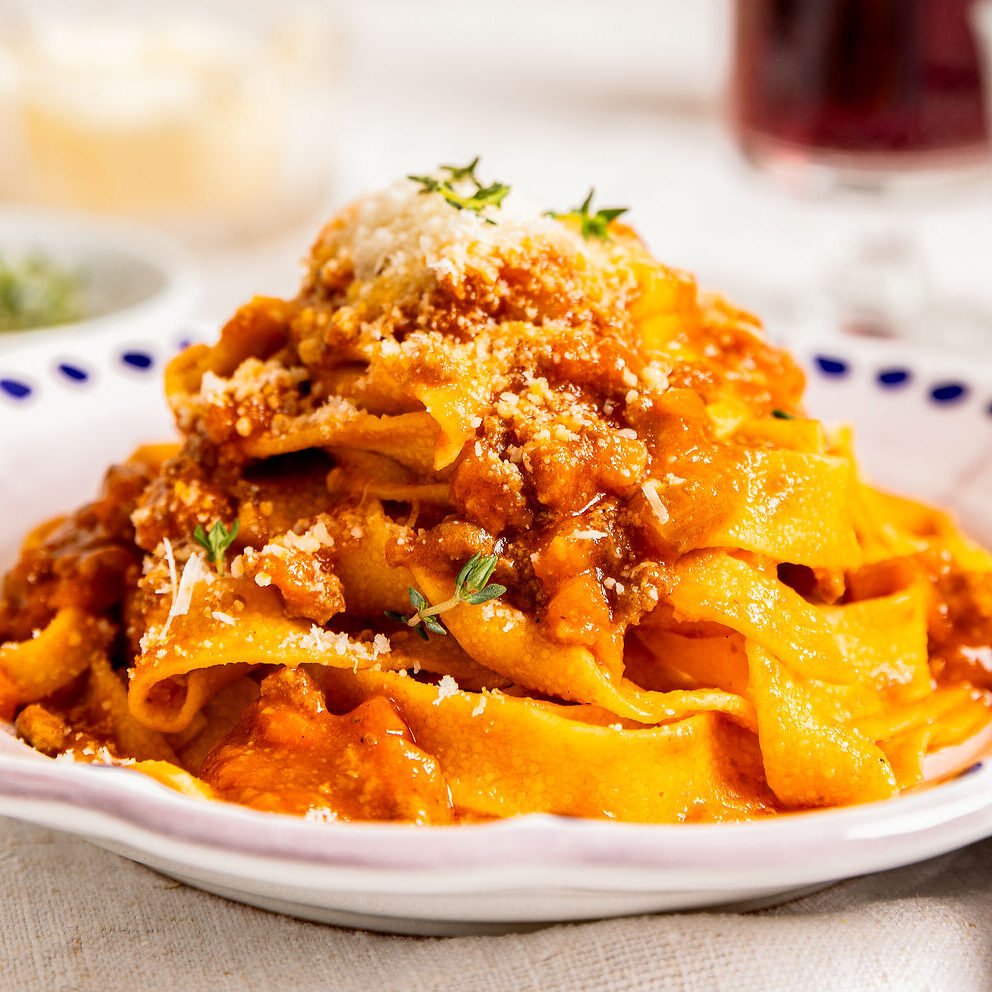



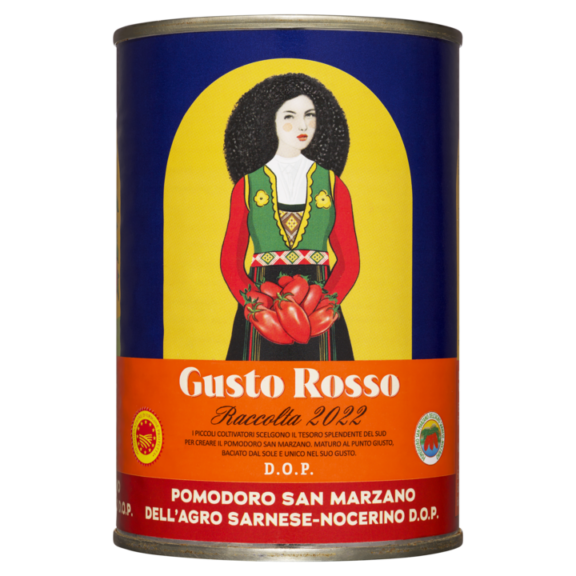
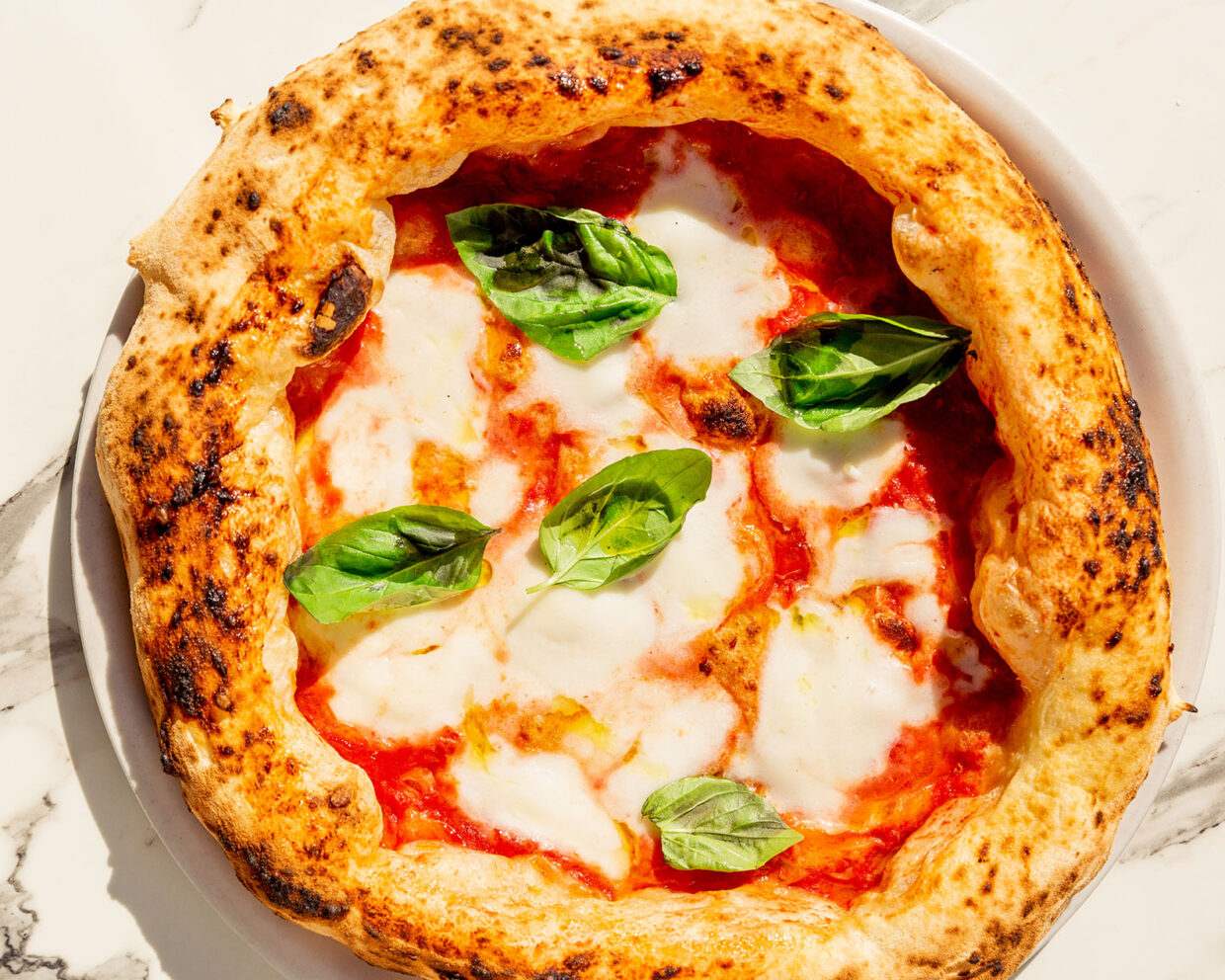
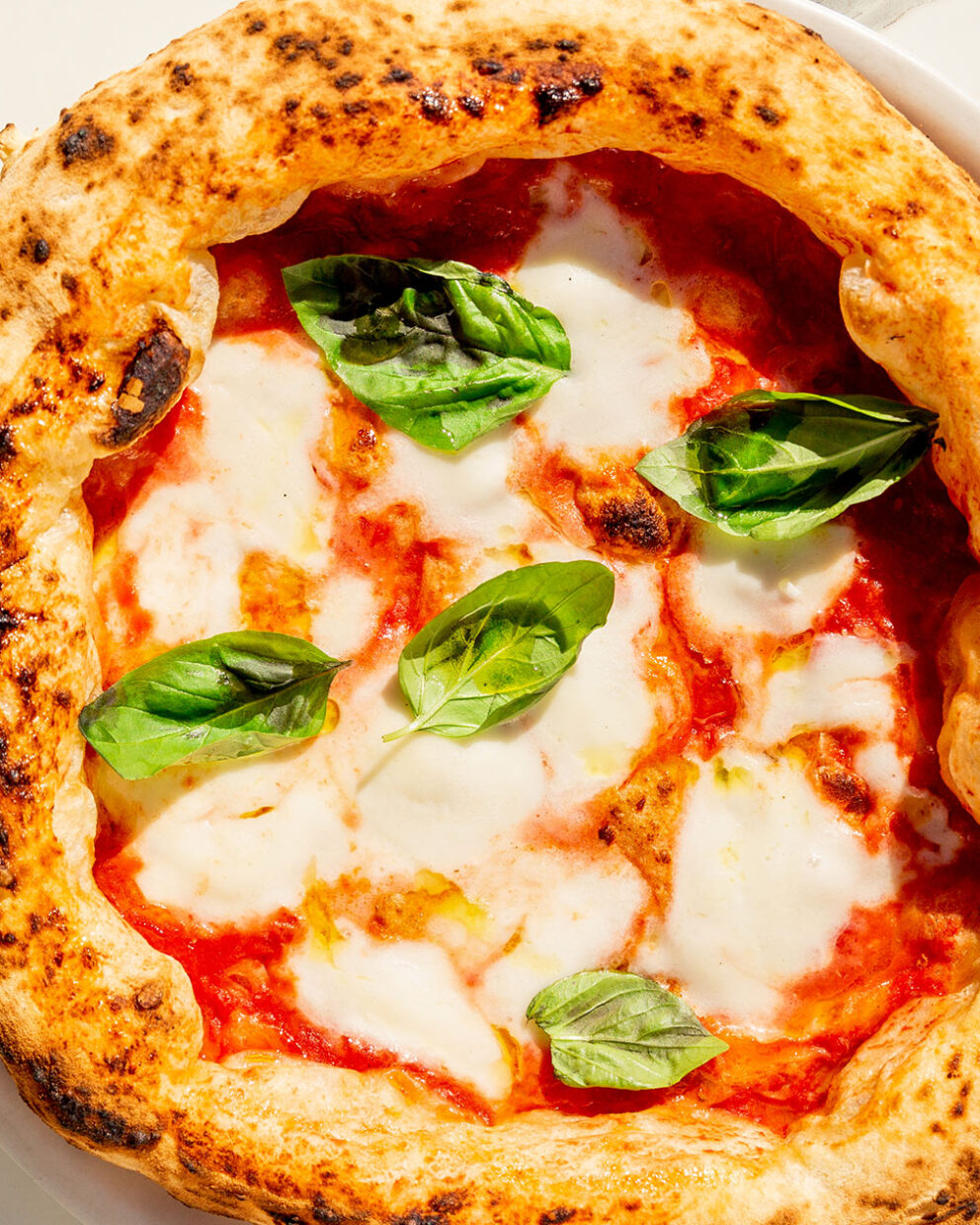
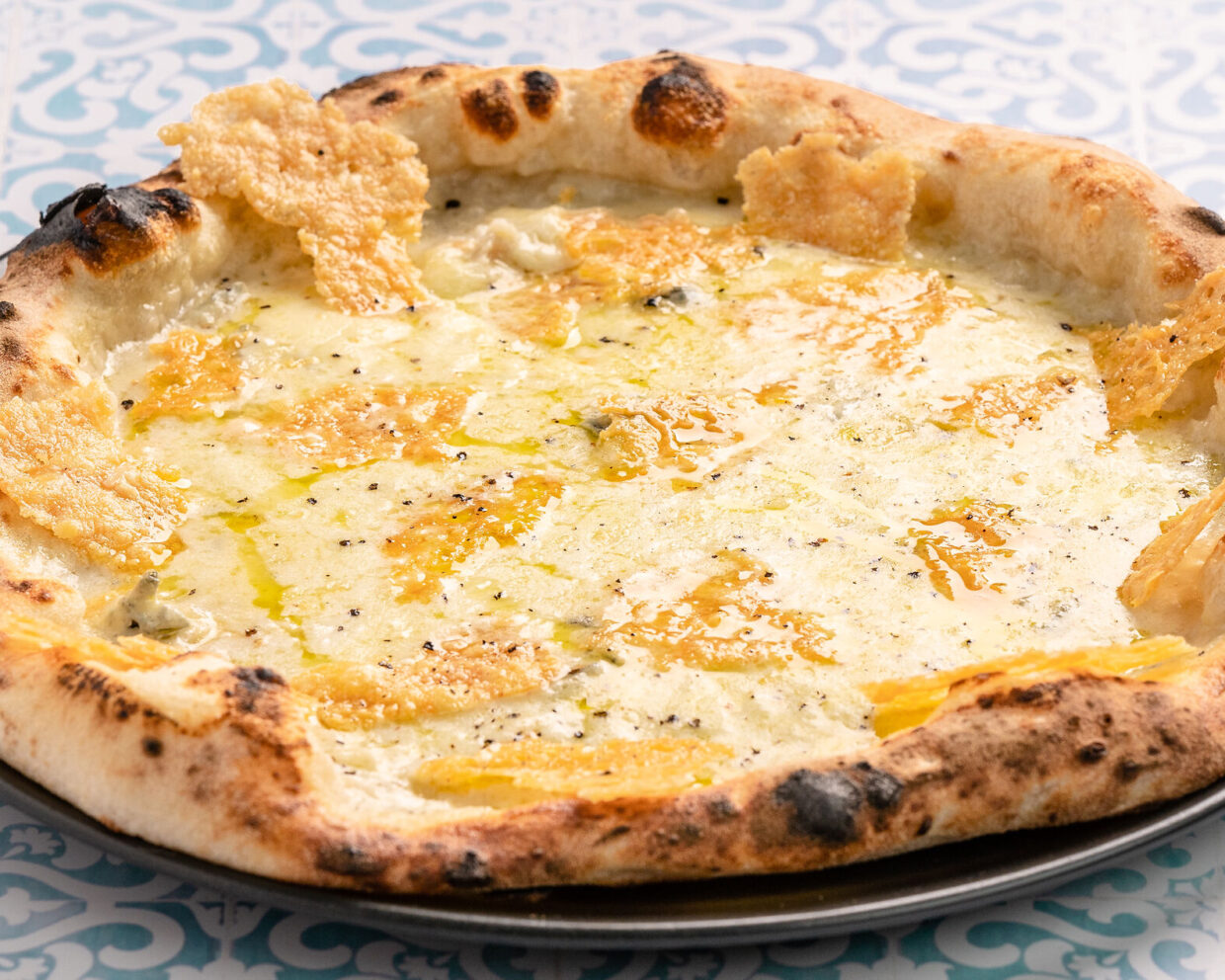
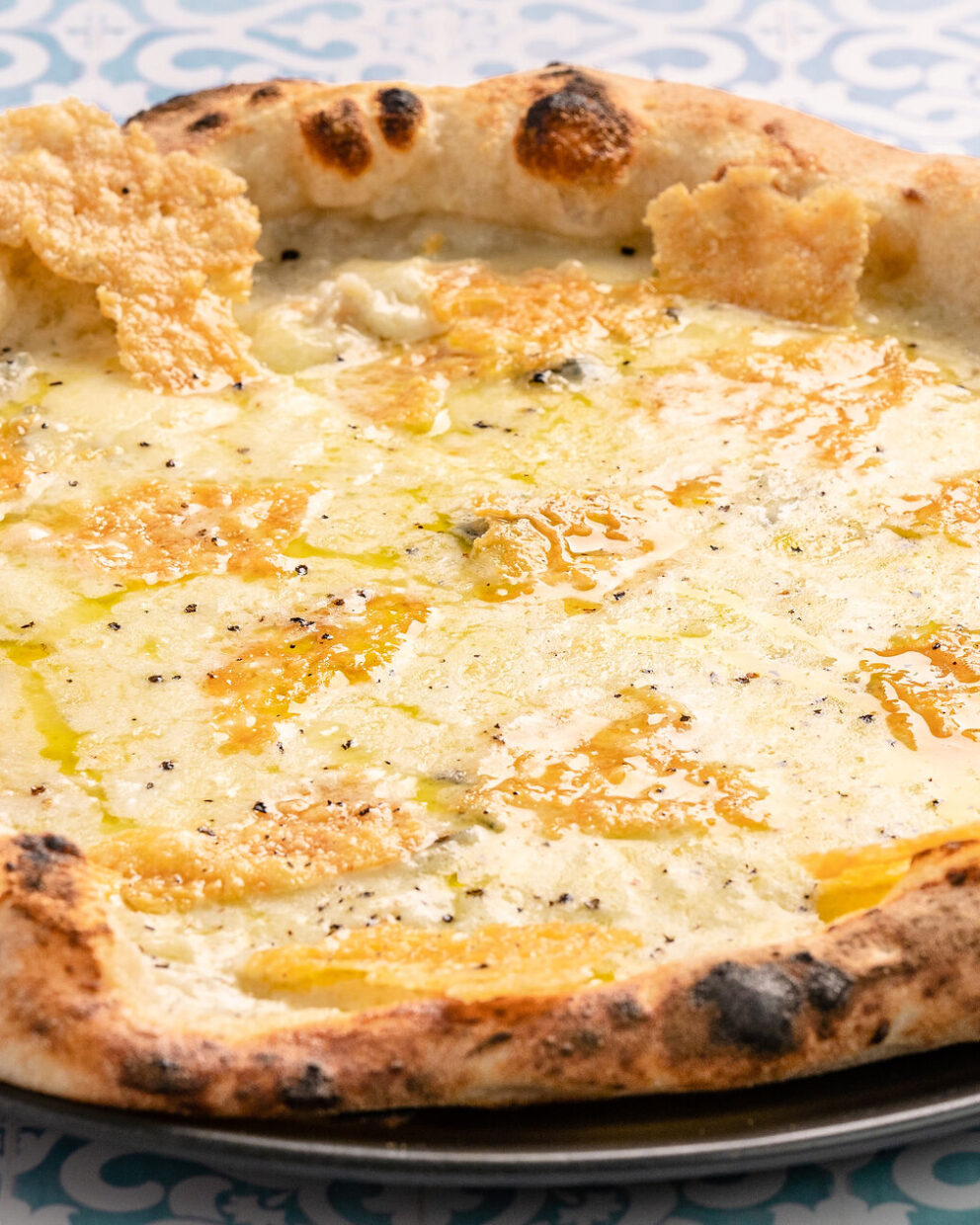
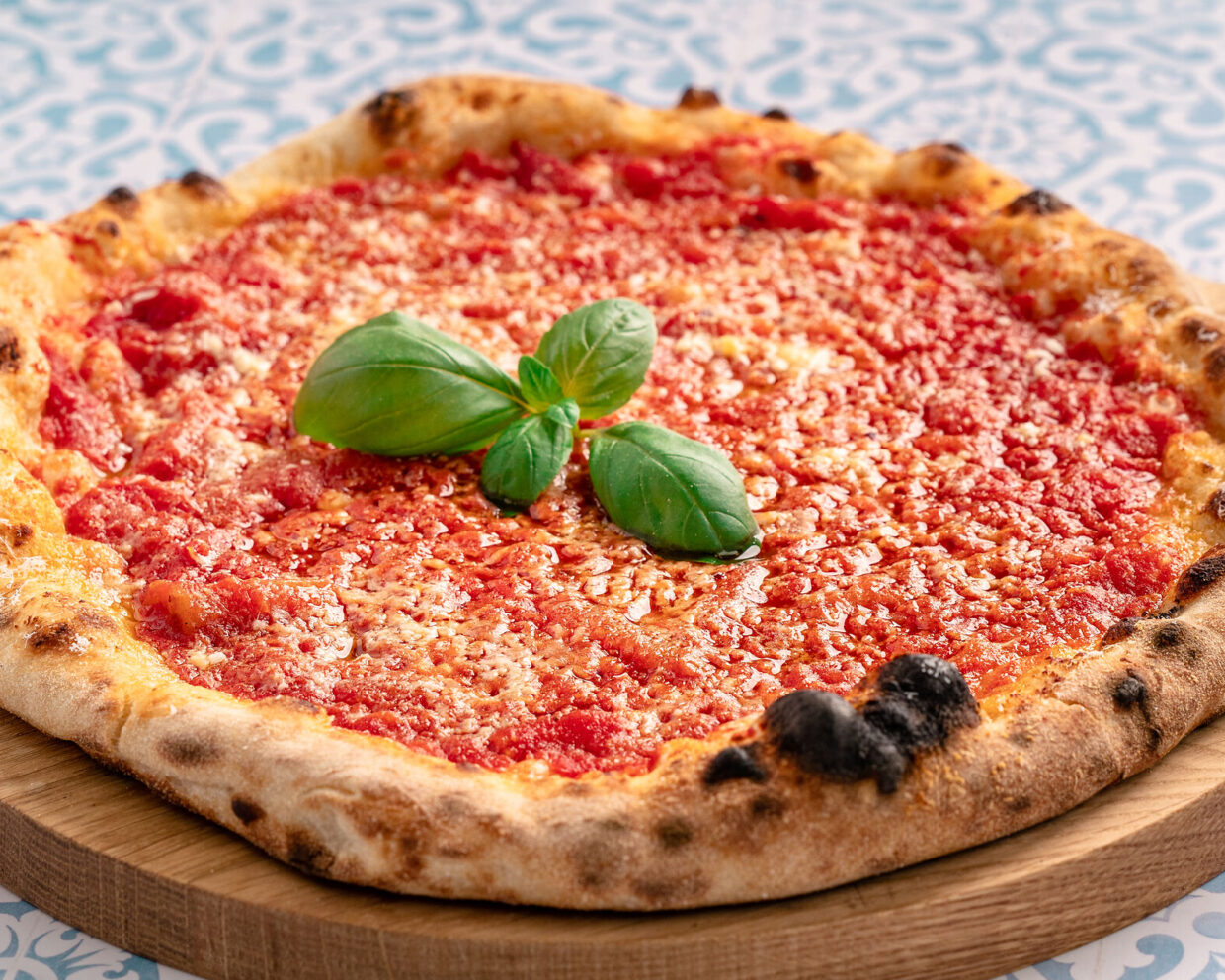

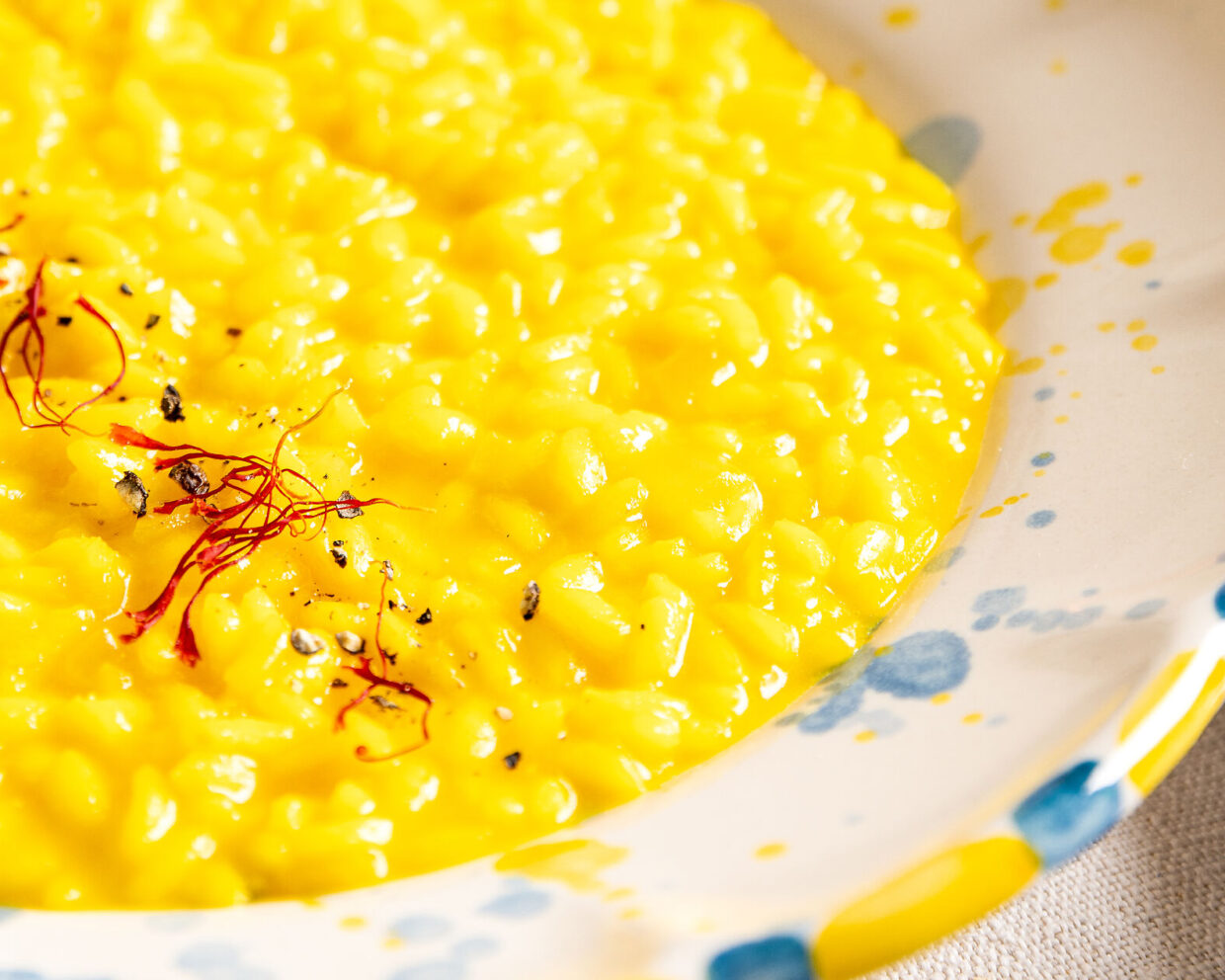
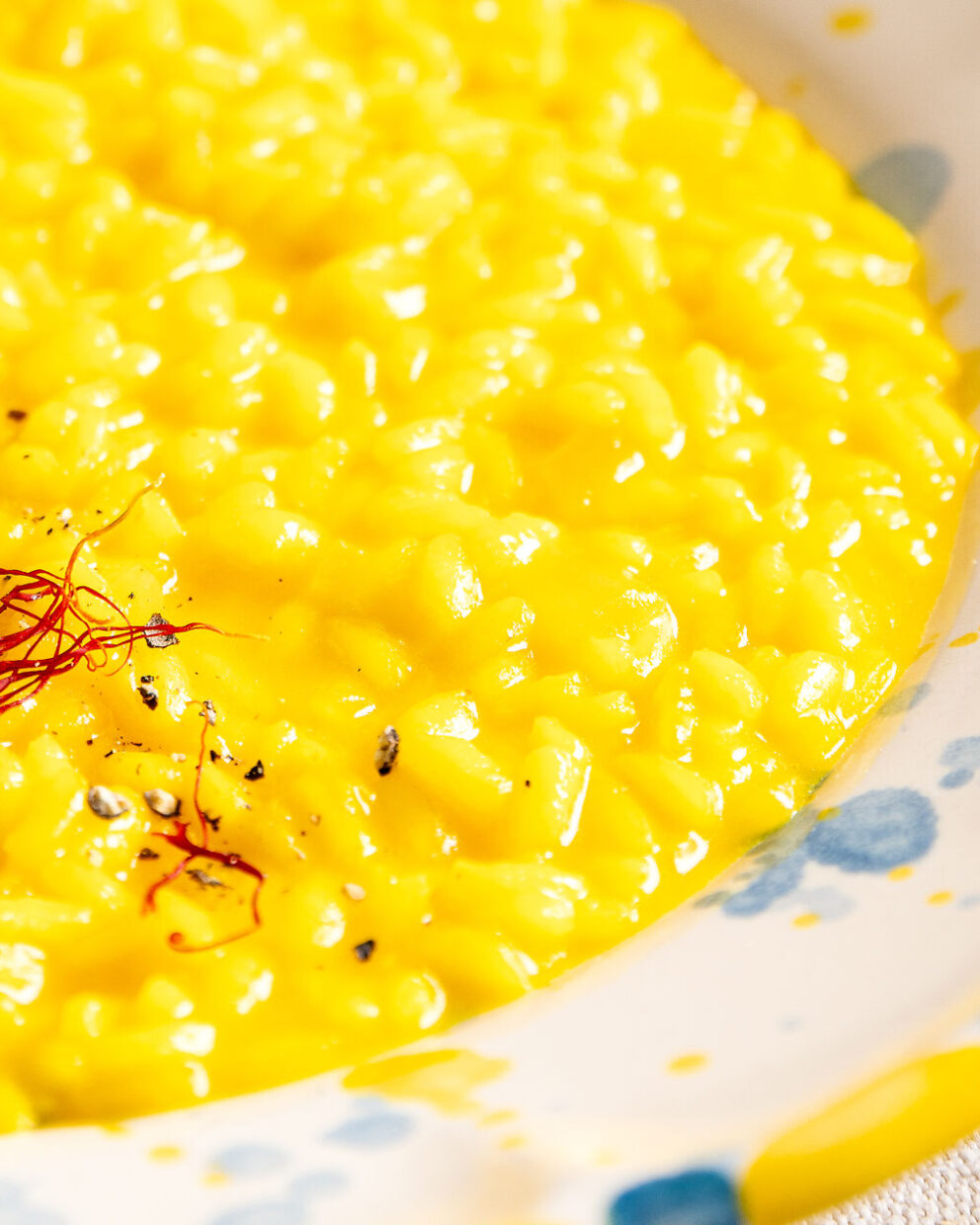
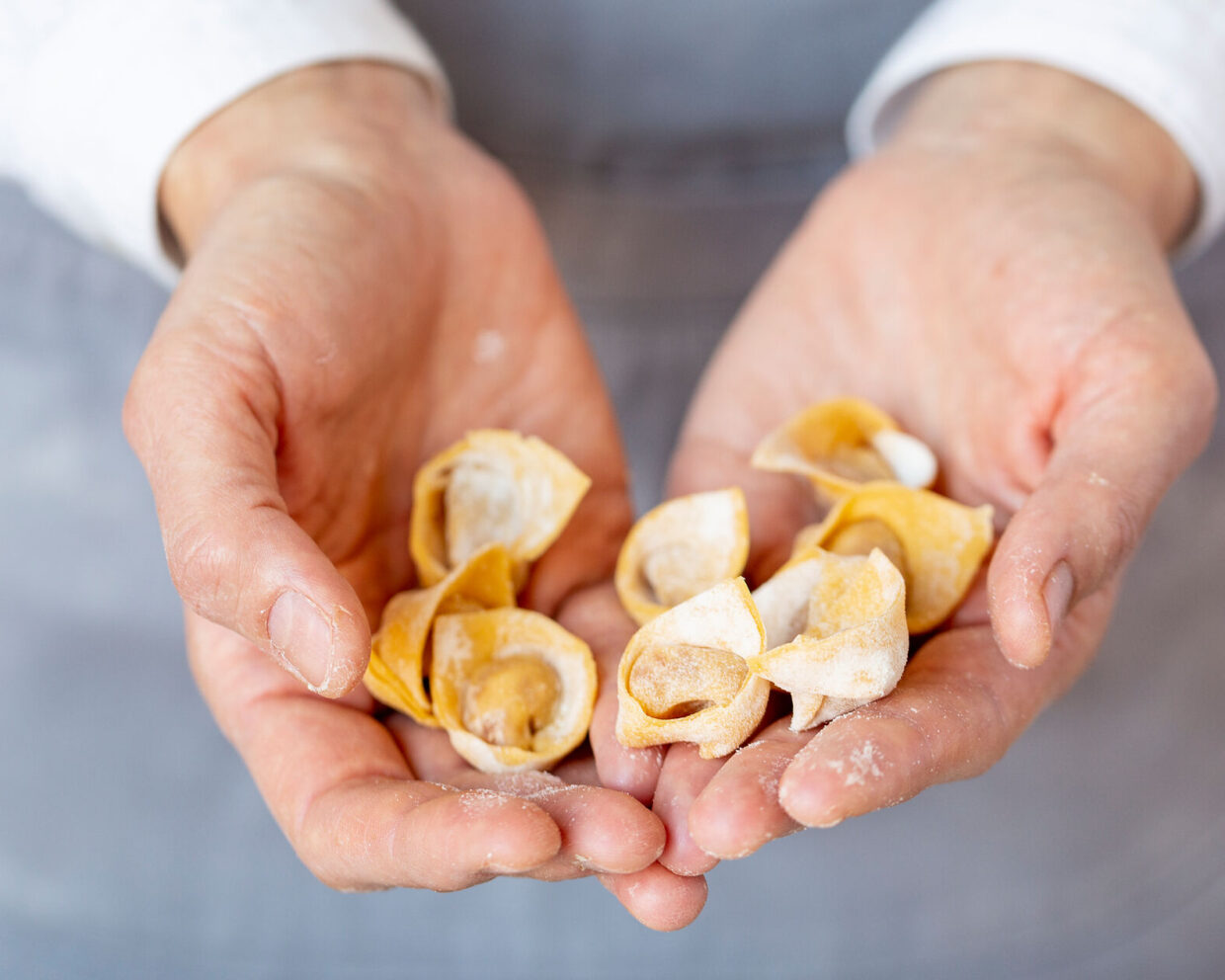
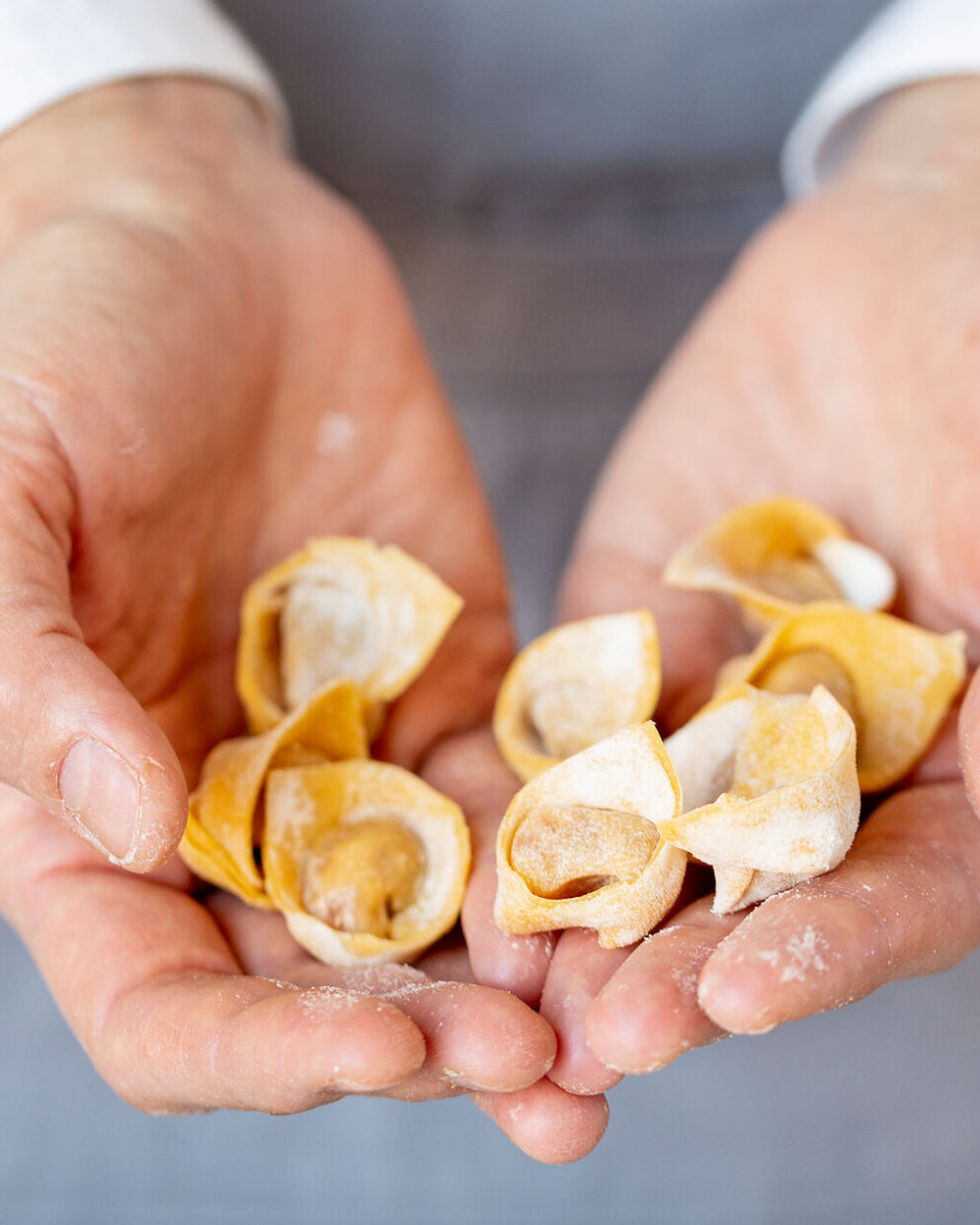
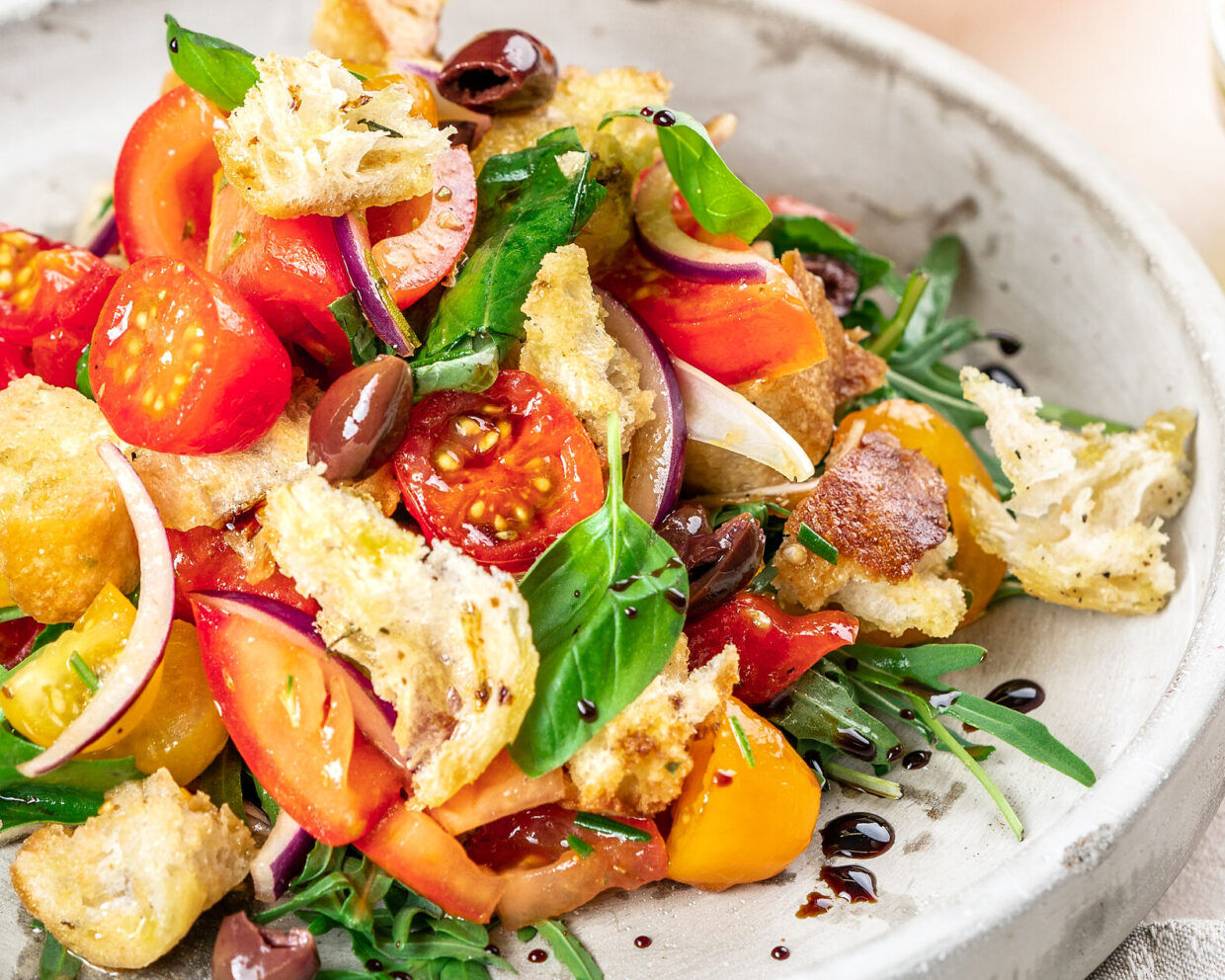
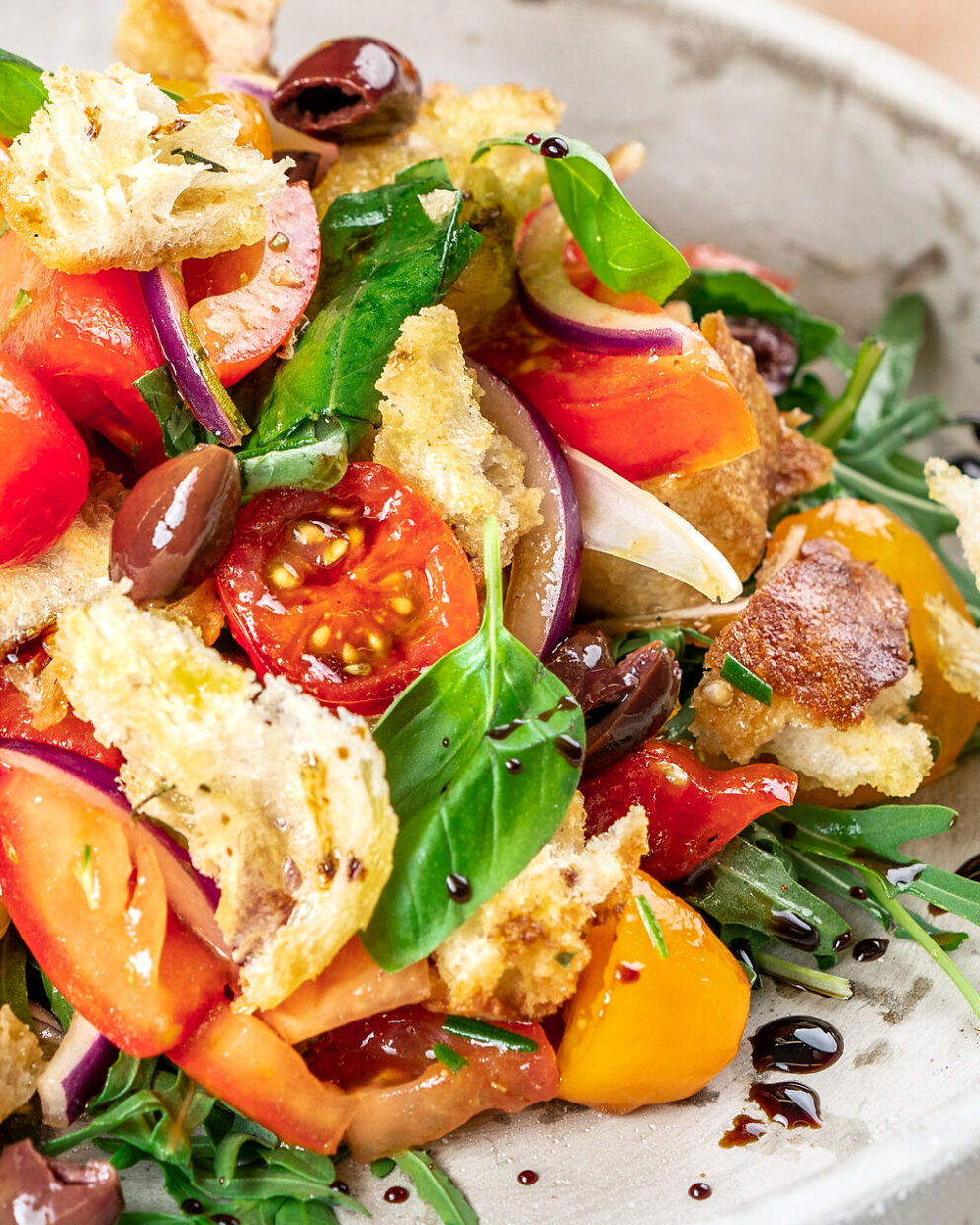
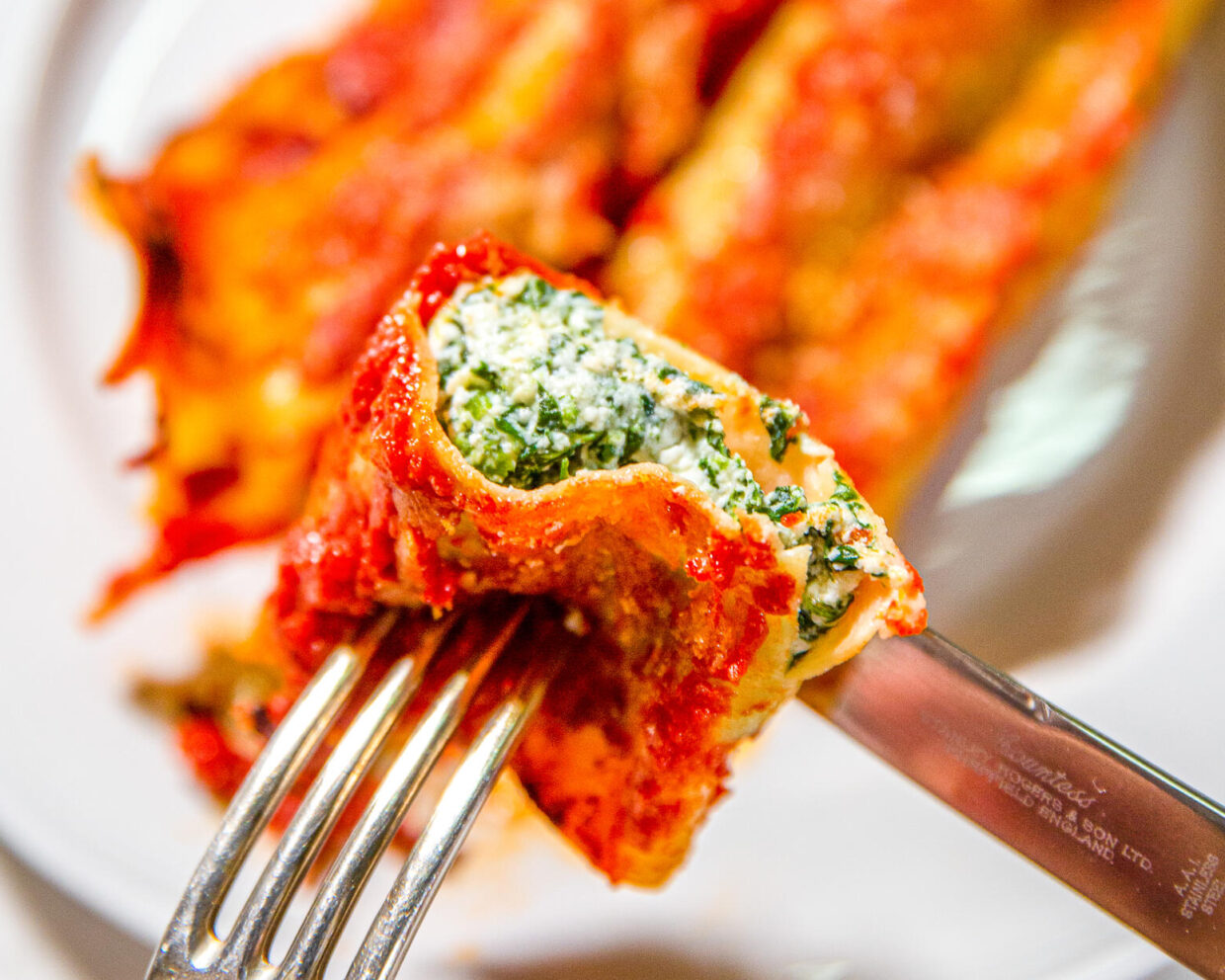
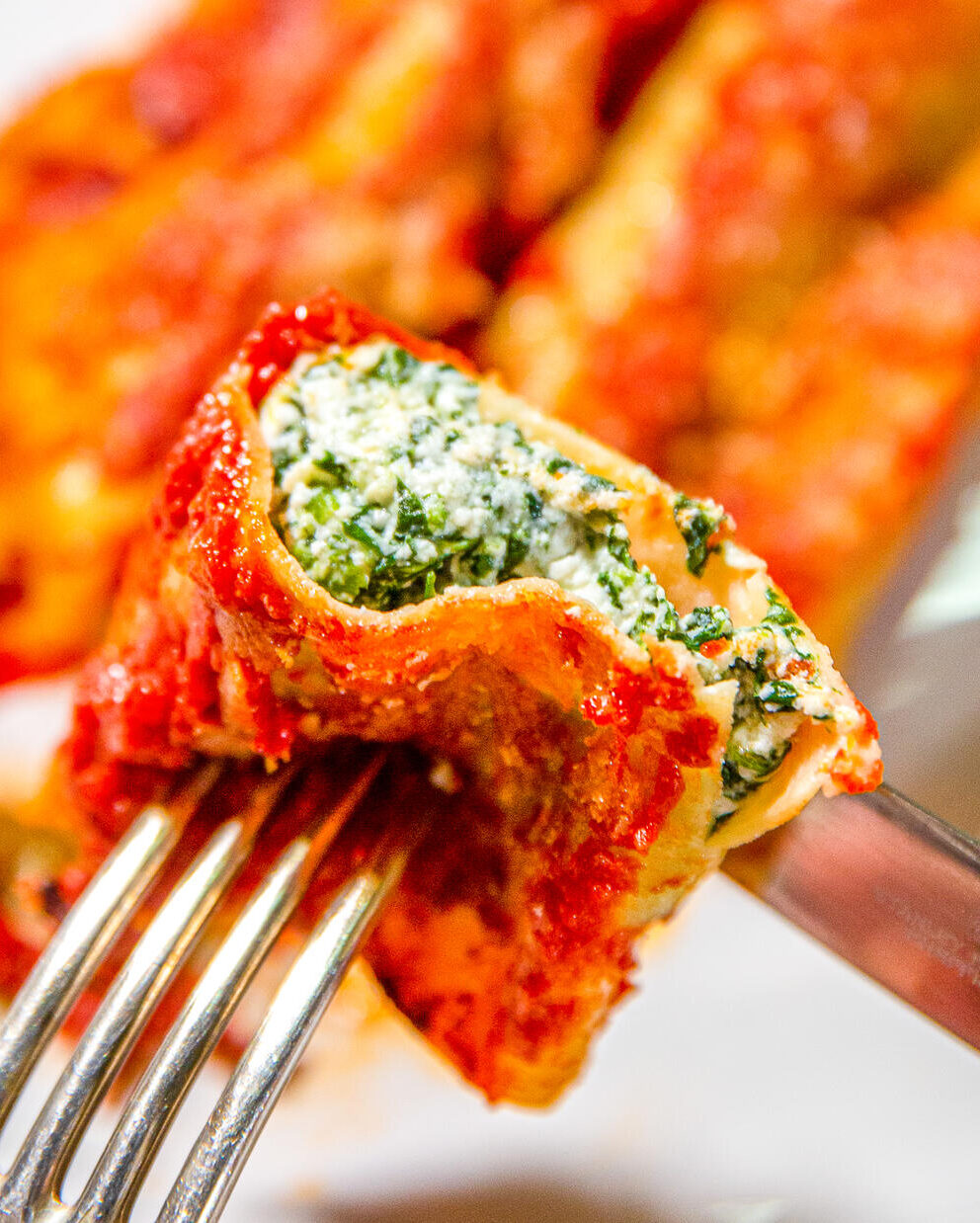
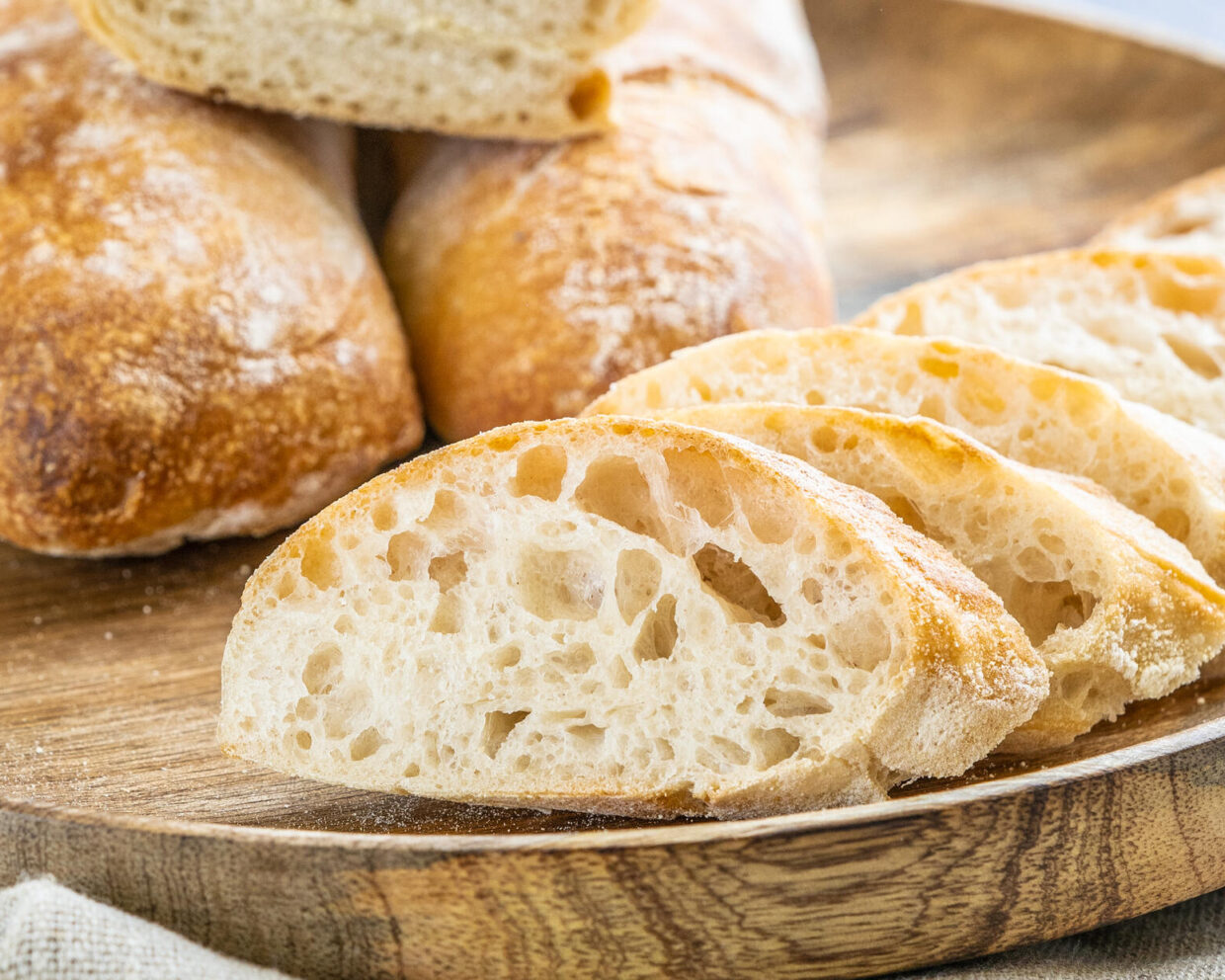
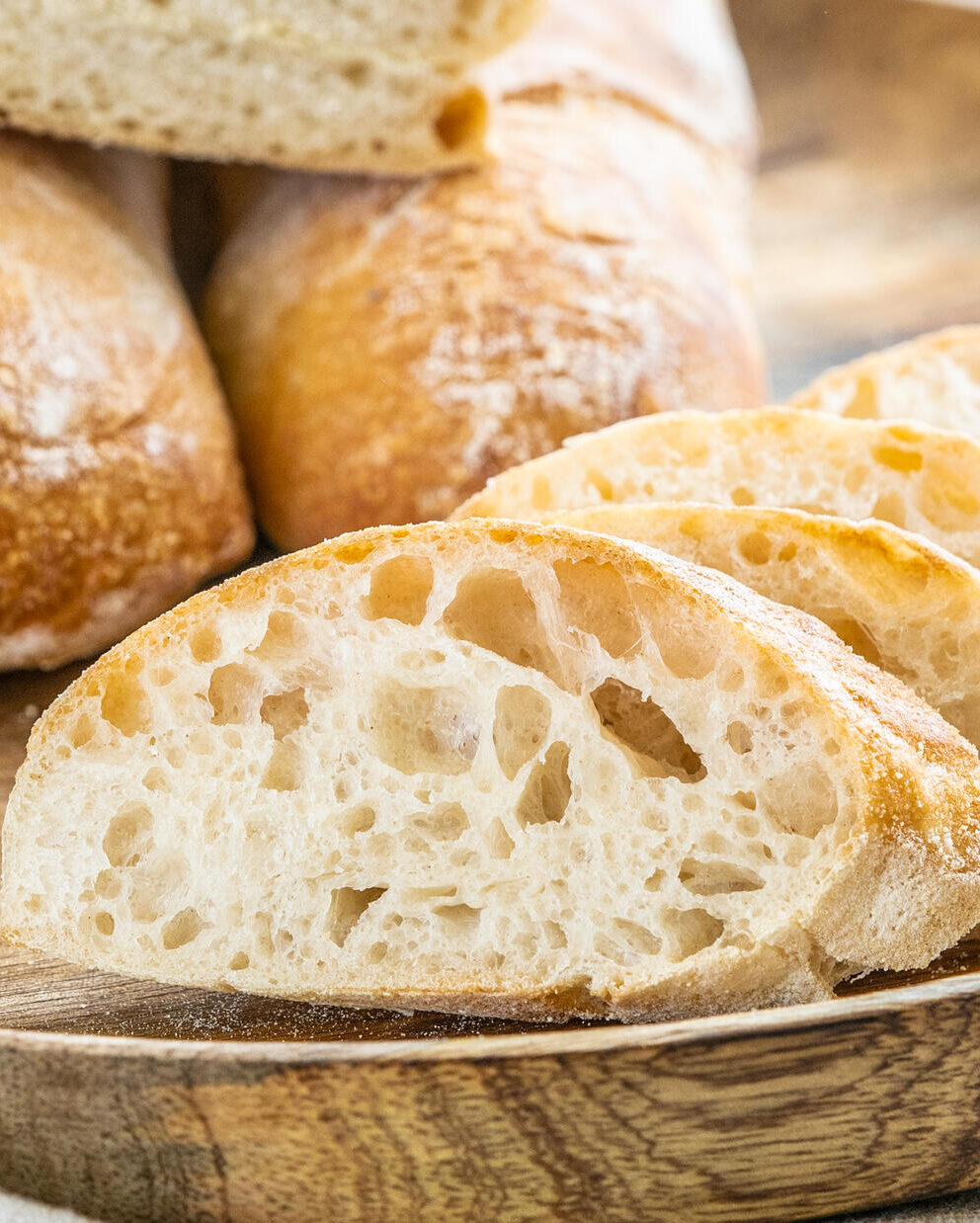
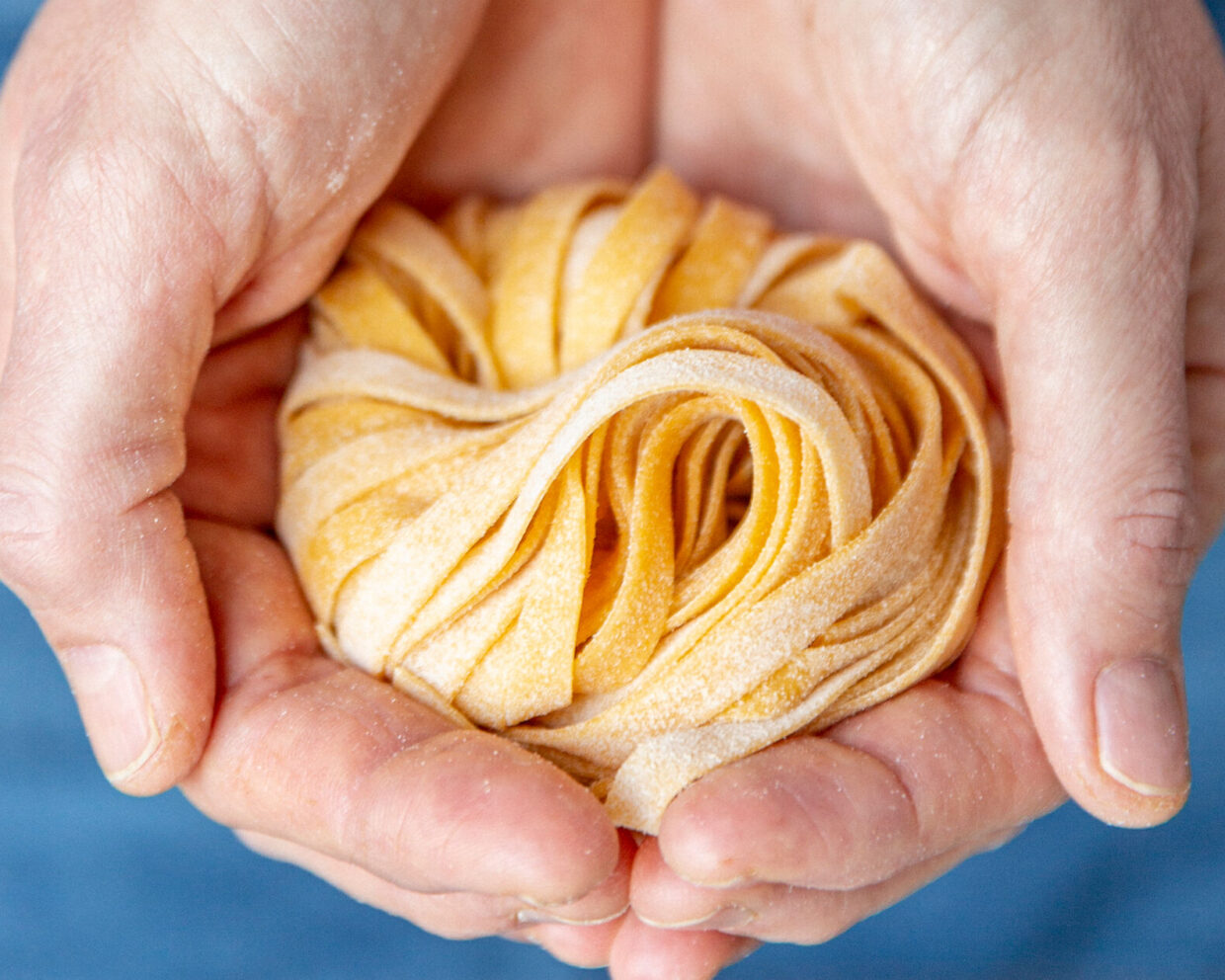
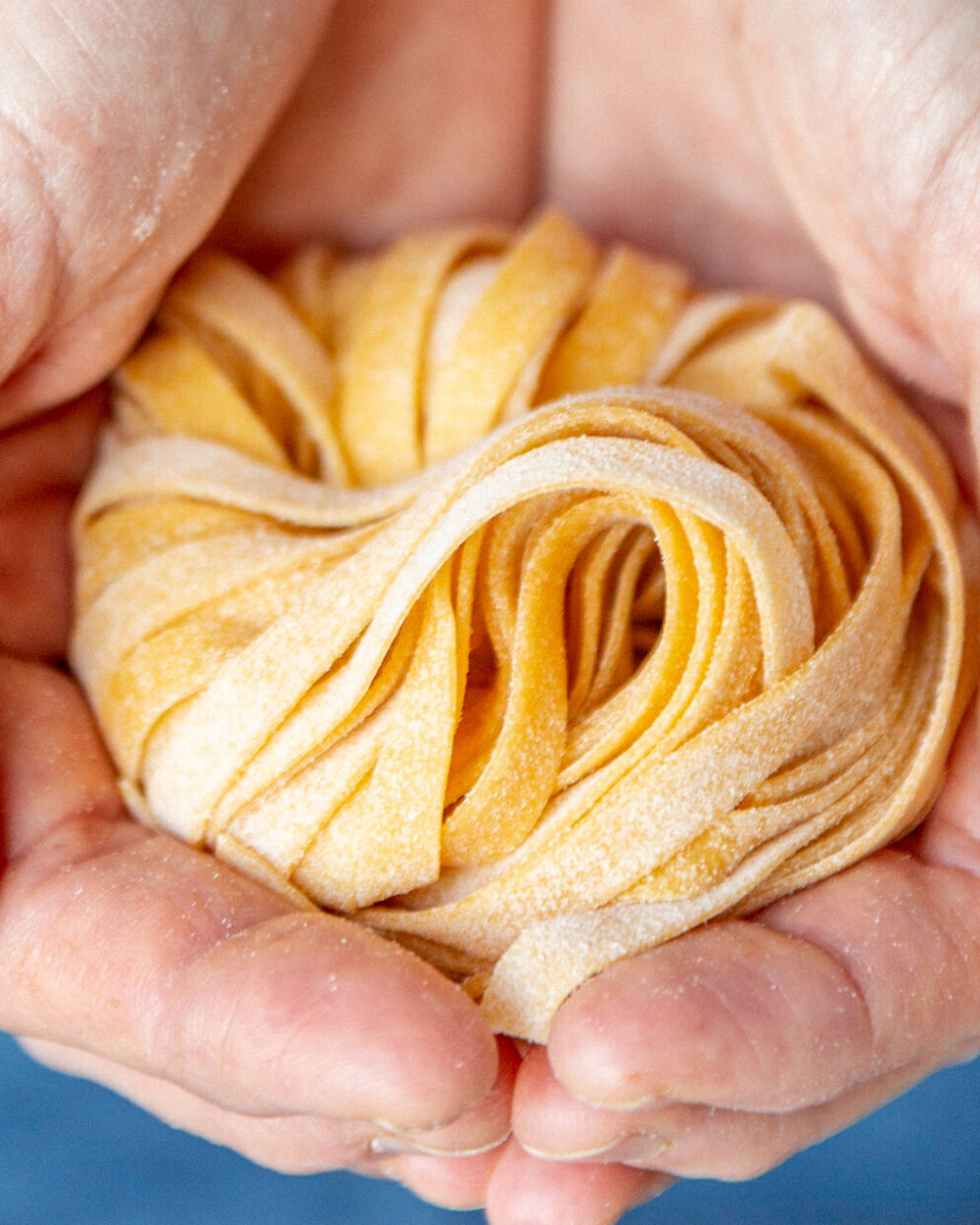
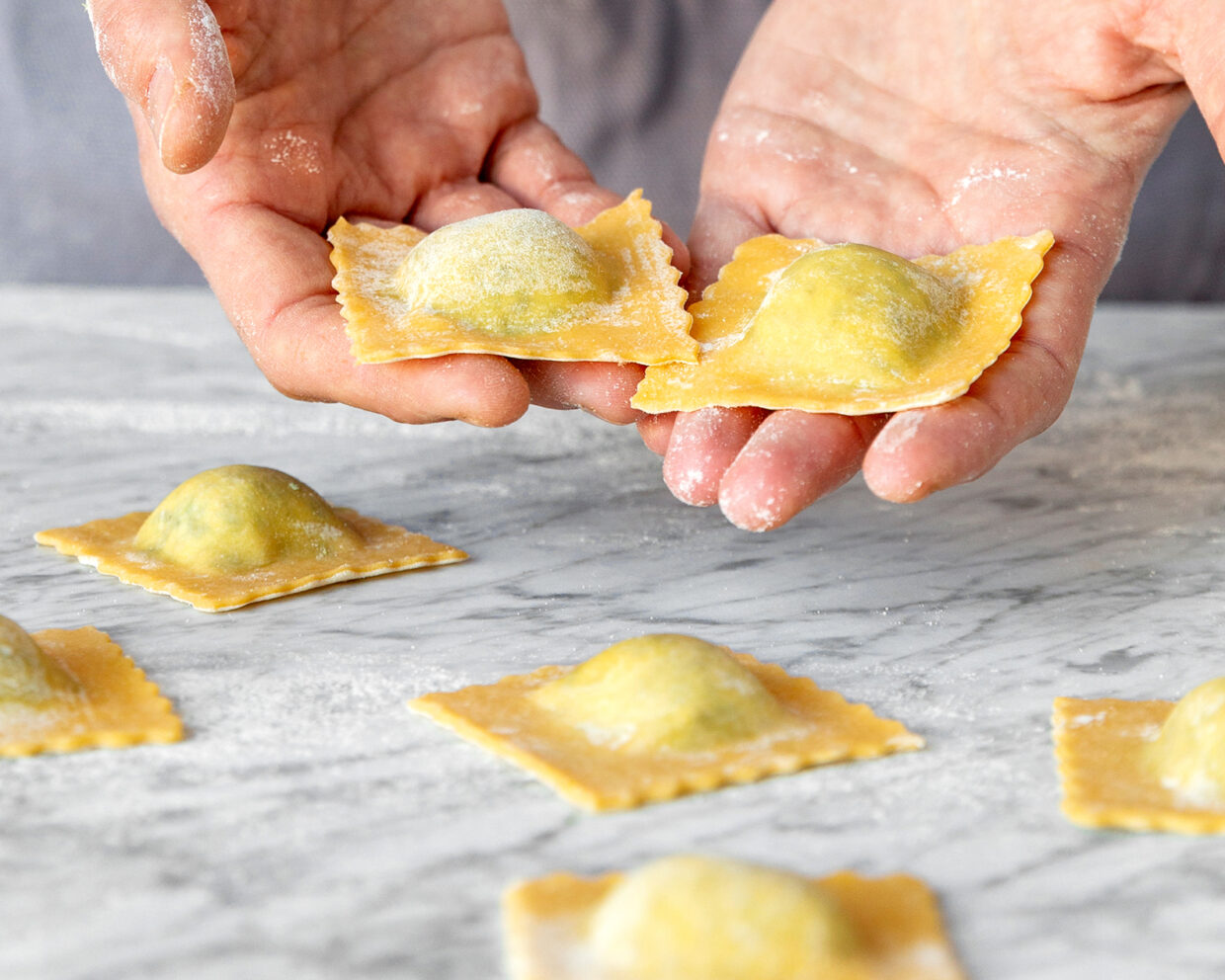
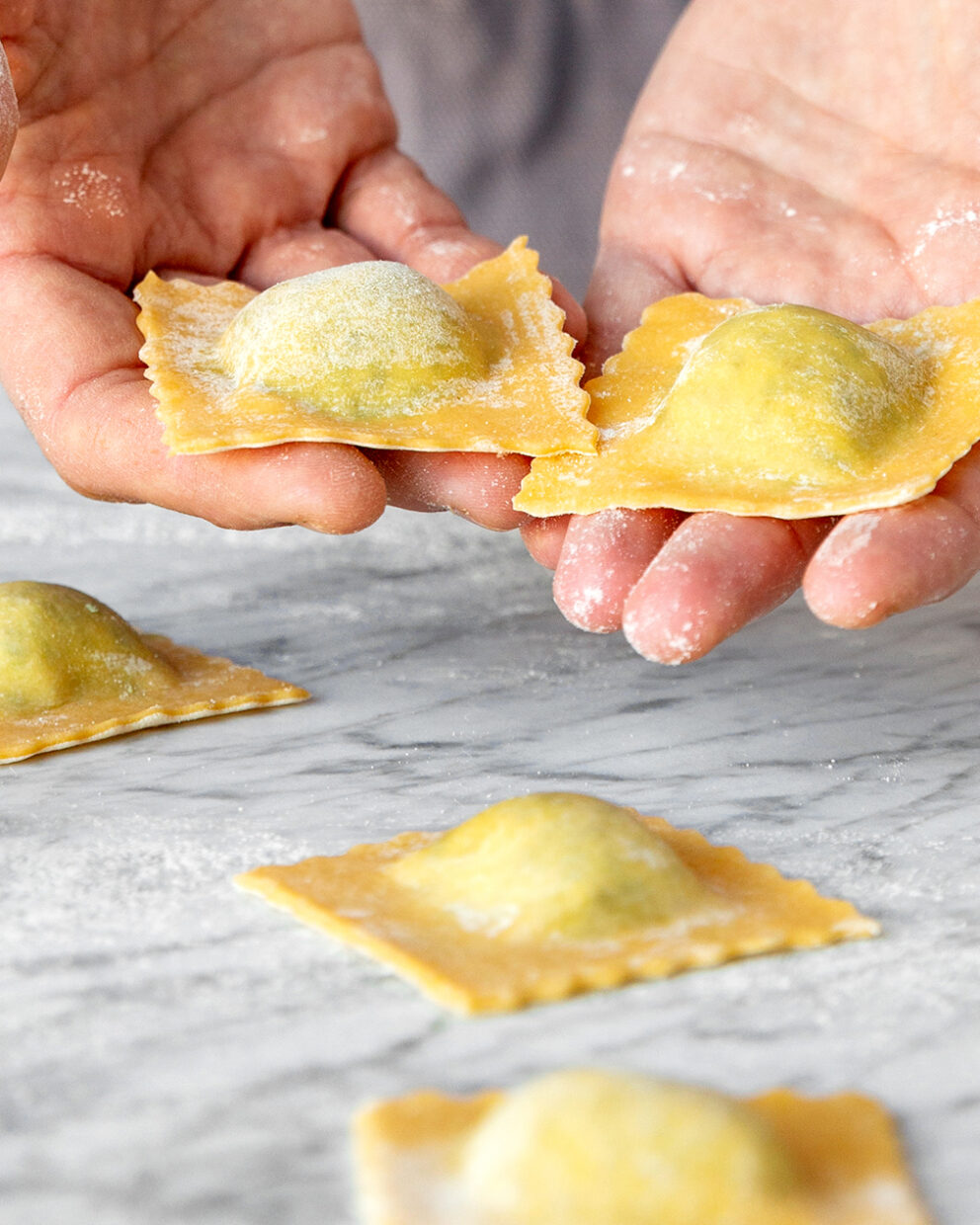
Want to share your thoughts? We're excited to hear what you think of the article. Tell us about your ideas, tips or questions! Leave a comment and share your knowledge with the community. Your opinion counts.
Write a comment